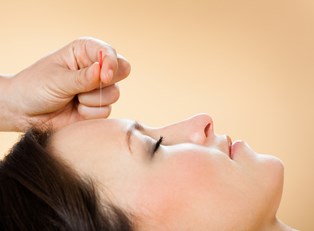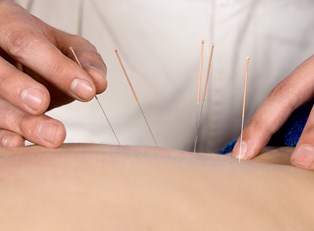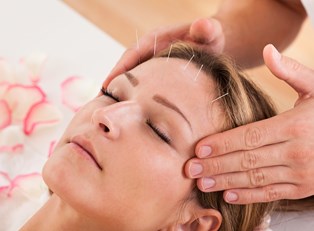There is evidence that acupuncture has been practiced in Eastern civilizations like China and Japan since at least the Stone Age. However, it’s still a relatively “exotic” phenomenon in Western countries. Because of this, there is quite a bit of bad information about the practice that has begun to circulate. Misunderstandings like these may be inevitable when something crosses cultural borders, but unfortunately, this means that some people will reject the treatment even though it could benefit them.
Below is a look at five of the most common acupuncture myths today and where they get things wrong.
- "Acupuncture is painful."
It’s true that acupuncture uses needles, and logically, it seems like this would make things painful. However, the treatment is largely pain-free, and most people describe the insertion process as no worse than a quickly fading mosquito bite. Some acupuncture traditions, such as those found in Japan, use remarkably thin needles, and this often means that patients experience no sensation at all when they are inserted. - "Acupuncture is a religious practice."
There are some people who avoid acupuncture because they’re afraid it will conflict with or violate their religious beliefs. However, the practice today is largely secular. Acupuncture is about the alleviation of physical symptoms, and it’s often used in conjunction with other thoroughly secular medical practices. Practitioners must undergo extensive training, similar to that of other health professionals, and patients are not required to hold any specific beliefs to receive treatment. Although the history of acupuncture stretches back over thousands of years, there is very little evidence that it was ever used as a form of religious activity. - "There is no evidence that acupuncture works."
There is definitely controversy that surrounds the effectiveness of acupuncture as a medical treatment, and the evidence supporting it is mixed at best. However, results from clinical studies have not uniformly condemned the practice. According to a systematic review published in 2014, acupuncture has proven to be effective at minimizing pain to such a degree that it cannot be explained by the placebo effect. Additional studies have also indicated that the practice may be effective at stopping headaches, preventing some allergies, aiding weight loss, and reducing nausea. - "Acupuncture needles spread disease."
It’s true that reusing needles increases a patient’s risk for contracting diseases like hepatitis or HIV. However, licensed acupuncturists maintain high sterilization standards. Like tattoo artists, they use individually wrapped needles that are thrown away after each session. In addition to this, they may also wear protective gloves to ensure that nothing is transmitted from practitioner to patient either. If you’re concerned about the medical safety of acupuncture, don’t be afraid to ask your specialist about the process. Chances are he or she will be more than willing to explain the sterilization methods in order to put your mind at ease. - "Acupuncture can interfere with other forms of treatment."
In the world of Western medicine, patients have become accustomed to worrying about harmful interactions between different drugs or treatments. However, this is not something you’ve got to worry about when it comes to acupuncture. This practice was never intended to replace more traditional forms of treatment—instead it’s meant to play a safe and supplemental role. Even if you find that acupuncture doesn’t provide you with the benefits you were hoping for, there has never been a case of the practice negatively affecting someone’s health. Acupuncture is a safe form of treatment, regardless of other methods you may be using simultaneously.



